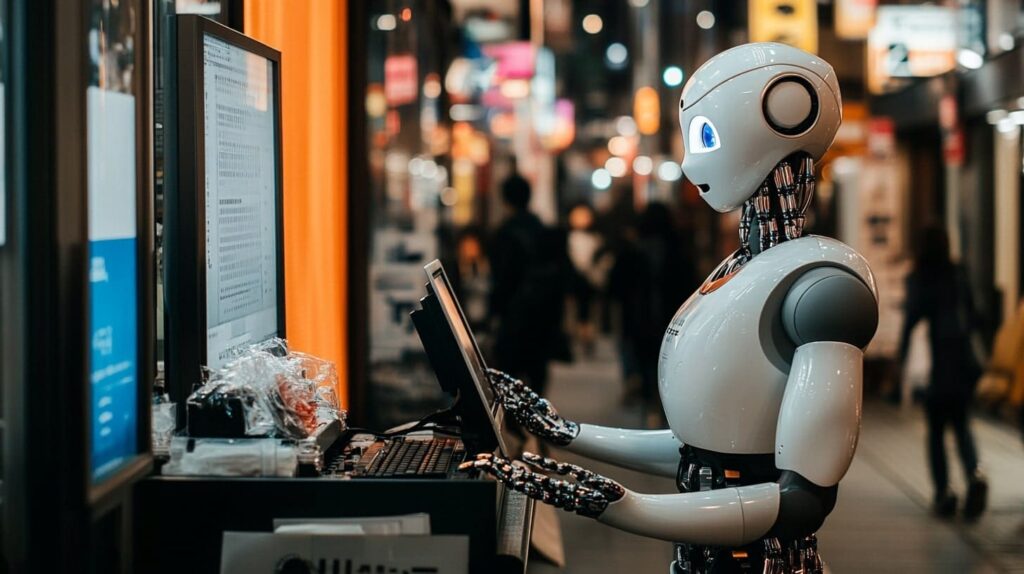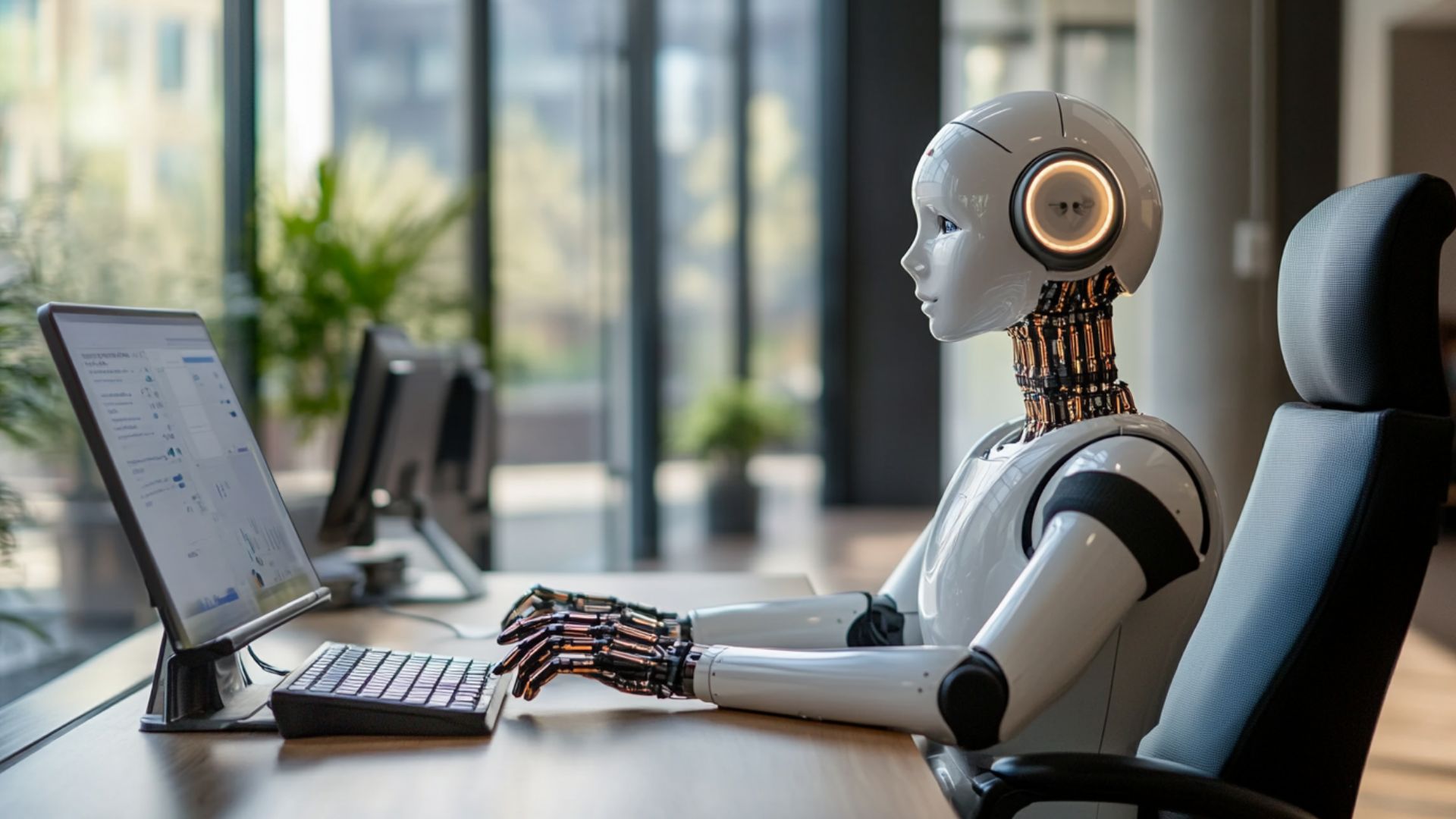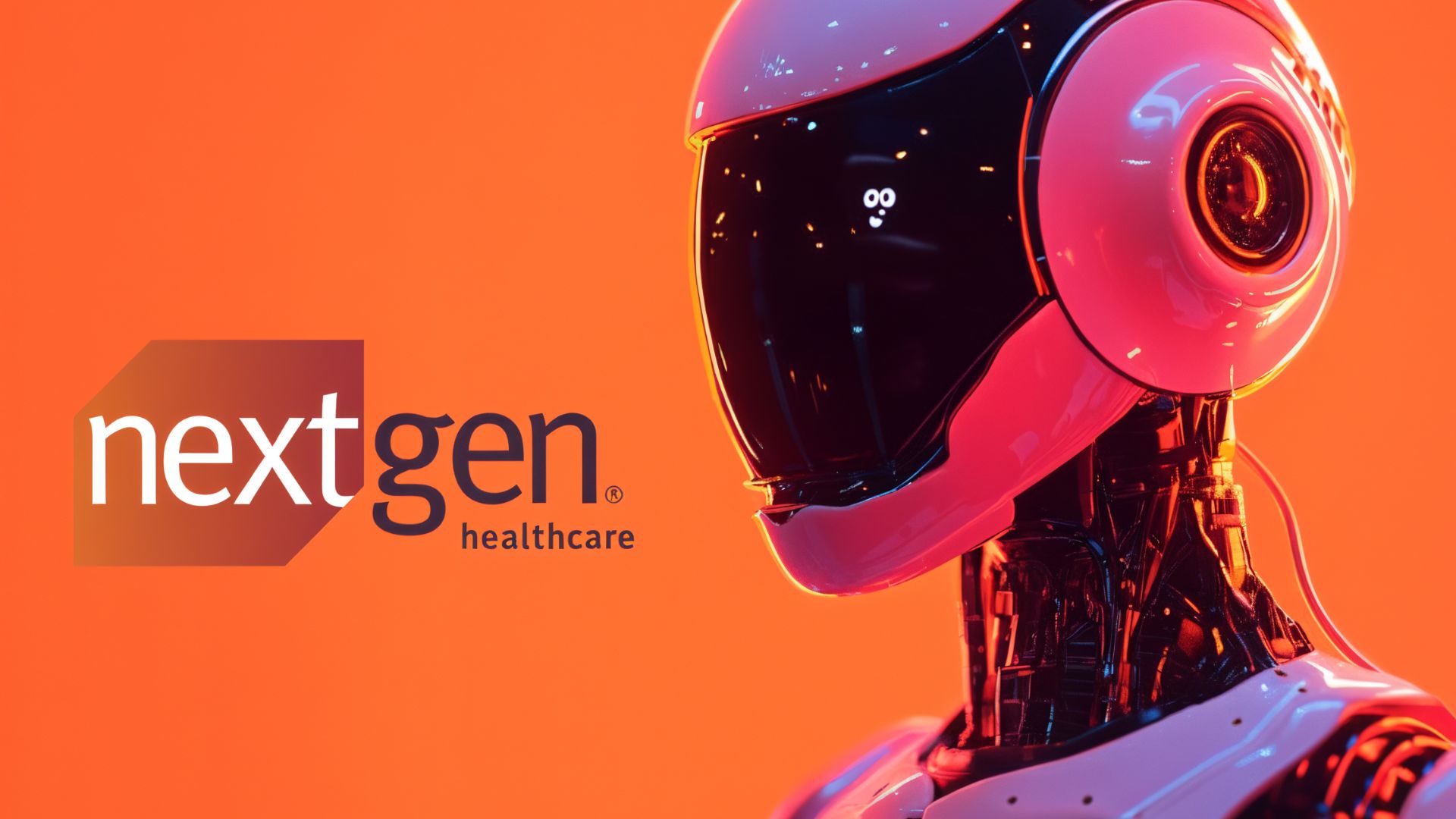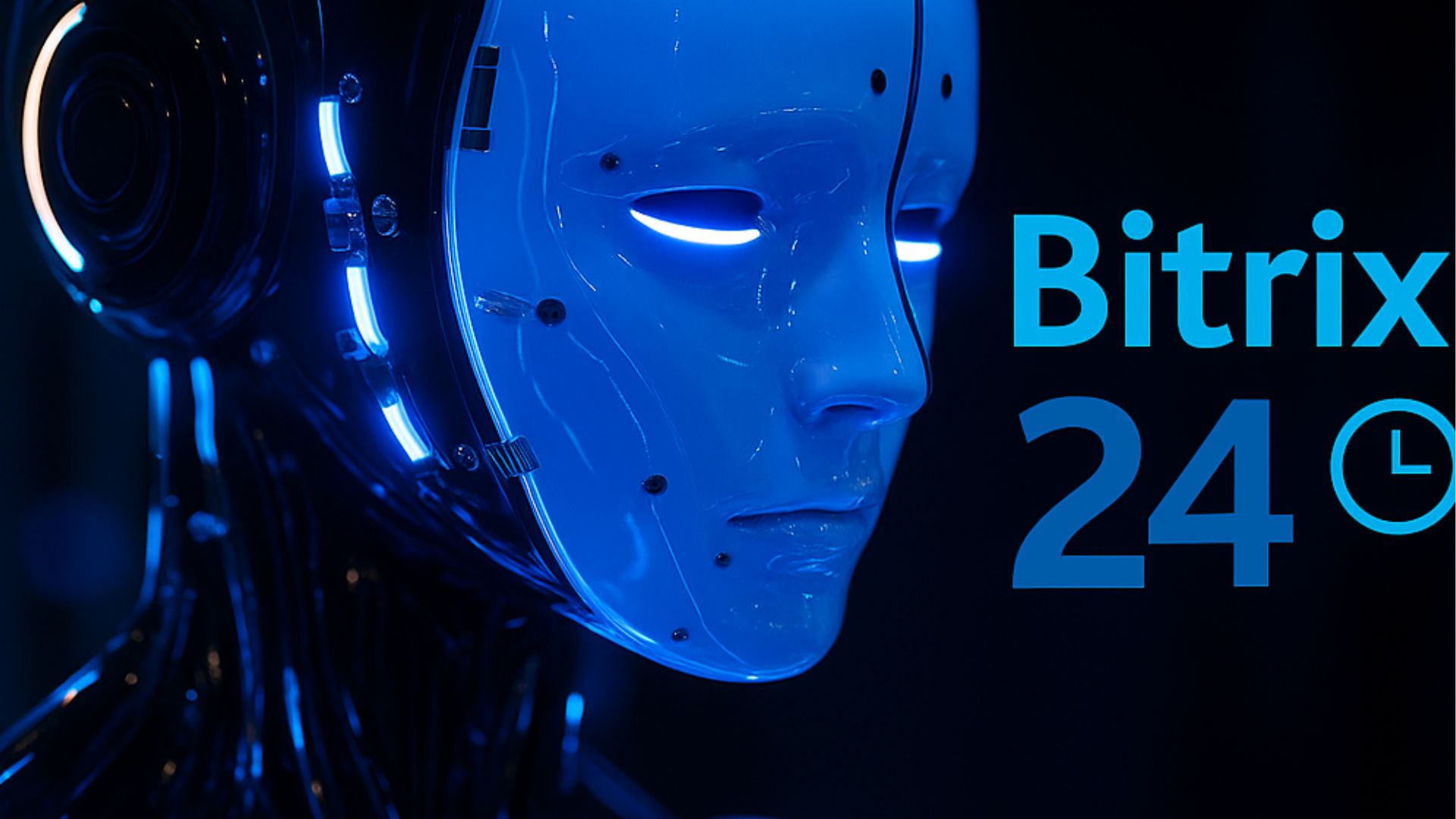Best Ways to Use AI: Practical Applications in Real Life

Artificial intelligence (AI) is transforming how we live and work. It’s now a key part of daily life. AI technologies are seamlessly integrated into healthcare, education, business, and home management. They are everywhere, from diagnosing diseases to personalizing learning. AI also streamlines operations and automates chores. Understanding the best ways to use AI is crucial for harnessing its potential. AI boosts efficiency by automating repetitive tasks, saving time and effort. It enhances convenience and offers modern tools. The most popular are virtual assistants and smart home devices.
It also improves decision-making, using data to provide insights in finance or marketing. As AI continues to evolve, its practical applications are pivotal. They empower individuals and organizations to solve problems and achieve goals faster. We can unlock its benefits in real-life scenarios by exploring how to use AI effectively. We make tasks easier and outcomes smarter. This guide highlights the best ways to use AI, showing how it shapes a more efficient and connected world.
AI in Everyday Life: From Smart Homes to Personal Assistants
AI technologies are reshaping daily routines, making homes smarter and lives easier. We can see these technologies in action in our daily lives. This integration happens through smart speakers, home assistants, and connected appliances. Here are the best ways to use AI in everyday home settings. We showcase how to use AI in real life for convenience and comfort:
- Smart Speakers and Personal Assistants: Amazon Echo or Google Nest use voice recognition. It helps to answer questions, set reminders, or play music. They learn user preferences, offering personalized responses, saving time, and enhancing daily convenience.
- Smart Thermostats: Nest Thermostat uses AI to learn heating and cooling habits. They adjust temperatures automatically. Innovative thermostats optimize energy use and reduce bills while ensuring personal comfort
- Connected Appliances: AI-powered refrigerators or washing machines optimize performance. For example, smart fridges track inventory and suggest recipes. Washers adjust cycles for efficiency, saving resources.
- AI-Driven Security Systems: What does AI look like? Computerized cameras and doorbells are Ring. They detect motion and recognize faces. These systems send real-time alerts, improving home safety and providing peace of mind through intelligent monitoring.
- Home Automation Hubs: Samsung SmartThings uses AI to connect devices. They automate tasks like dimming lights or locking doors. This streamlines routines and boosts energy efficiency.
AI in homes demonstrates practical applications that deliver automation and smarter living. By adopting these technologies, users experience the best ways to use AI. They make daily tasks effortless and efficient.
AI-Powered Personal Assistants: Siri, Alexa, and Beyond
Popular AI-powered virtual assistants include Siri, Google Assistant, and Alexa. They are revolutionizing how we interact with technology. These systems use advanced natural language processing (NLP). It allows them to understand commands and perform tasks. They make daily routines more efficient. These systems can set reminders and control smart devices. They simplify life by acting as personal hubs for information and automation. How is it used? Virtual assistants streamline tasks, provide instant answers, and integrate with smart home systems. They enhance productivity and convenience. Below is a table highlighting the best ways to use AI in personal assistants:
| Assistant | Key Features | Everyday Use | Efficiency Benefit |
| Siri | Voice-activated, integrates with Apple devices, supports multilingual queries | Set reminders, send texts, and control HomeKit devices | Quick task execution, seamless Apple ecosystem |
| Google Assistant | Contextual understanding integrates with Google services and smart home control | Search queries, manage calendar, control lights | Fast information retrieval, personalized responses |
| Alexa | Vast skill ecosystem, controls smart home devices, supports shopping and music | Play music, order items, and manage smart appliances | Centralized home control, hands-free operation |
| Beyond (e.g., Grok) | Advanced reasoning, web search integration, and conversational insights | Answer complex questions, assist with research | Enhanced decision-making, deeper insights |
How is it used? These assistants handle repetitive tasks and provide real-time information. They automate home functions, saving time and effort. The best way to use these AI assistants involves leveraging voice recognition and integration capabilities. AI creates a seamless, efficient user experience. AI is transforming how we manage daily tasks.
Smart Homes and AI-Driven Automation
AI powers smart home devices, automating lighting, heating, and security tasks. It allows for simplifying daily life. By embedding AI into these systems, homes become more intuitive. They learn user habits to enhance convenience and efficiency. AI optimizes energy use, improves safety, and streamlines chores, making homes smarter. Here are the best ways to use AI in smart homes:
- Smart Thermostats: Nest learns heating and cooling preferences. AI adjusts temperatures based on routines. It saves energy while ensuring comfort.
- Home Security Cameras: One of the best ways to use AI is through AI-driven cameras like Ring. They use facial recognition and motion detection. It helps to send real-time alerts. These devices enhance safety with minimal user input.
- AI-Powered Vacuum Cleaners: Devices use machine learning to map homes and avoid obstacles. They improve cleaning patterns over time, reducing manual effort.
- Smart Lighting Systems: Philips Hue uses AI to adjust brightness and color. It is typically based on time or occupancy. This creates ambiance and saves electricity.
- AI Home Hubs: Systems, like Google Nest Hub, connect devices. They automate locking doors or dimming lights. AI ensures seamless coordination for user convenience.
What things can AI do? These devices learn and adapt, automating repetitive tasks and optimizing home functions. The best ways to use AI involve integrating these technologies. They create a responsive, efficient home environment. It allows users to focus on what matters most. They may enjoy effortless control and comfort.
AI in Healthcare: Revolutionizing Patient Care and Treatment

AI tools transform healthcare, enhance patient care, and streamline operations. How is AI helping the world? It analyzes vast medical data. AI improves diagnostics, personalized treatments, and predicts outcomes. It allows for saving lives and reducing costs. AI empowers doctors, optimizes administrative tasks, and ensures precise care. Here are key examples of what it can do in healthcare. Here's their revolutionary impact:
- AI-Driven Diagnostic Tools: AI systems like IBM Watson analyze medical images and patient records. They detect cancer early, improving accuracy and speed.
- Virtual Health Assistants: Chatbots like Ada provide 24/7 symptom checks and triage advice. They reduce hospital visits and offer accessible care guidance.
- Personalized Medicine: AI tailors treatments by analyzing genetic data. For instance, DeepMind predicts drug responses, ensuring effective, individualized therapies.
- Surgical Assistance: AI-powered robots, like the da Vinci system, assist surgeons precisely. They minimize errors and speed recovery.
- Predictive Analytics: AI models forecast patient outcomes, such as sepsis risk. They use real-time data to enable proactive interventions.
AI also automates administrative tasks like scheduling and freeing staff for patient care. It enhances efficiency and accessibility in healthcare systems globally. How can AI be generally used for good? By integrating these tools, AI ensures faster diagnoses and better treatments. It also improves patient experiences, revolutionizing healthcare.
AI in Diagnostics and Medical Imaging
AI is revolutionizing diagnostics and medical imaging. It enhances accuracy and accelerates detection. AI appears as sophisticated algorithms analyzing scans. AI identifies patterns and flags abnormalities faster than traditional methods. AI tools process vast datasets from radiology and pathology. It detects diseases like cancer or heart conditions early, improving patient outcomes. By reducing human error and speeding up analysis, AI transforms healthcare diagnostics. What does AI look like? Below is a list of key applications showcasing it in this field:
- AI in Radiology for Cancer Detection: Tools like Google Health’s AI analyze mammograms. It helps to detect breast cancer with higher precision. AI catches subtle signs missed by human eyes.
- Cardiac Imaging Analysis: AI platforms like HeartFlow evaluate CT scans. They identify coronary artery blockages. AI systems enable earlier heart disease interventions.
- Pathology Slide Analysis: Systems like PathAI examine tissue samples to diagnose cancers. They use machine learning to spot microscopic abnormalities quickly.
- Brain Scan Interpretation: AI tools like Aidoc detect brain hemorrhages or strokes in CT/MRI scans. They prioritize urgent cases for radiologists.
- Lung Disease Detection: Algorithms from Zebra Medical Vision analyze chest X-rays. They help to identify early signs of lung cancer or COPD, improving survival rates.
How is it used? These tools integrate into workflows, assisting doctors. They highlight critical findings and reduce diagnostic delays. In practice, AI functions as a seamless intelligence layer, processing images in seconds. AI provides actionable insights. By enabling earlier and more accurate diagnoses, AI in medical imaging saves lives. It also enhances healthcare efficiency.
AI-Powered Virtual Health Assistants
AI-powered health assistants are transforming how patients manage their health. These tools offer personalized advice, track symptoms, and suggest treatments. AI is particularly valuable for routine health monitoring, quick consultations, and improving access to care. AI boosts patient engagement and makes healthcare more accessible. This is especially important for those with limited resources. By providing real-time support, AI enhances health outcomes. Here are key ways virtual health assistants shine:
- Symptom Tracking and Triage: Apps like Ada assess symptoms and suggest next steps. They guide patients to seek care or self-manage minor issues.
- Personalized Health Advice: AI tools like Babylon Health offer tailored diet or exercise plans. They adapt to user data for better health choices.
- Chronic Disease Management: Assistants like Livongo monitor conditions like diabetes. They provide real-time feedback to stabilize health metrics.
- Mental Health Support: Apps like Woebot use AI for cognitive behavioral therapy. They offer 24/7 emotional support, reducing stigma.
- Medication Reminders: AI-driven apps like Medisafe send alerts for medication schedules. They ensure adherence, improving treatment success.
These AI assistants are particularly valuable for ongoing health management or when access to doctors is limited. How can AI be used for good? These tools empower patients, reduce hospital visits, and bridge care gaps. Virtual health assistants make healthcare proactive and inclusive. They improve engagement and accessibility for all.
AI in Business and Marketing: Transforming Decision-Making and Strategy

AI is revolutionizing business and marketing. It enables data-driven decisions and optimized strategies. AI powers tools that analyze data, predict trends, and personalize customer experiences. It enhances efficiency, boosts sales, and refines marketing efforts. By leveraging AI, businesses stay competitive and responsive. Here are key examples of how to use AI in real life to transform decision-making and strategy:
- Customer Relationship Management (CRM): AI tools like Salesforce Einstein analyze customer data. They predict needs and improve interactions, strengthening relationships.
- Data Analytics: Platforms like Tableau use AI to uncover sales or client behavior trends. This guides strategic planning.
- Targeted Advertising: AI systems, such as Google Ads, optimize ad placements. They target specific audiences, increasing conversion rates.
- Sales Forecasting: Tools like Zoho CRM use AI to predict future sales. Accurate forecasts help businesses plan inventory and budgets.
- Chatbots for Client Service: AI-driven chatbots, like those from Zendesk, handle inquiries 24/7. They resolve issues fast and improve customer satisfaction.
AI systems process large datasets to provide actionable insights and automate tasks. What things can AI do? It personalized marketing, streamlines operations, and predicts outcomes. Businesses can integrate these tools to make smarter decisions. They enhance customer engagement and optimize strategies. AI drives growth and efficiency in a competitive market.
AI in Education: Enhancing Learning and Teaching
AI tools transform education by improving teaching and learning experiences. It offers tools that personalize education and support educators. AI applications in education include platforms that adapt to student needs. They also streamline teaching tasks. AI is suitable for creating customized learning paths and tracking progress. It makes education more engaging and effective. Here are key applications showcasing the best AI ideas in education:
- Personalized Learning Platforms: Tools like DreamBox adapt lessons to student skill levels. They ensure tailored content for better understanding.
- AI-Driven Tutoring: Systems like Duolingo use AI to provide real-time feedback. They help students master subjects at their own pace.
- Intelligent Content Creation: AI platforms like Grammarly generate quizzes or lesson plans. They save teachers' time and enhance material quality.
- Progress Tracking Tools: AI systems like Edmodo analyze student performance data. They help educators identify strengths and weaknesses.
- Virtual Classroom Assistants: AI chatbots answer student questions instantly. They support learning outside class hours, improving engagement.
These AI tools focus on making education accessible and individualized. The best ways to use AI include leveraging these tools to customize learning and assist teachers. AI empowers students to learn effectively and helps educators focus on instruction. By integrating AI, schools create dynamic, inclusive environments that enhance academic success.


